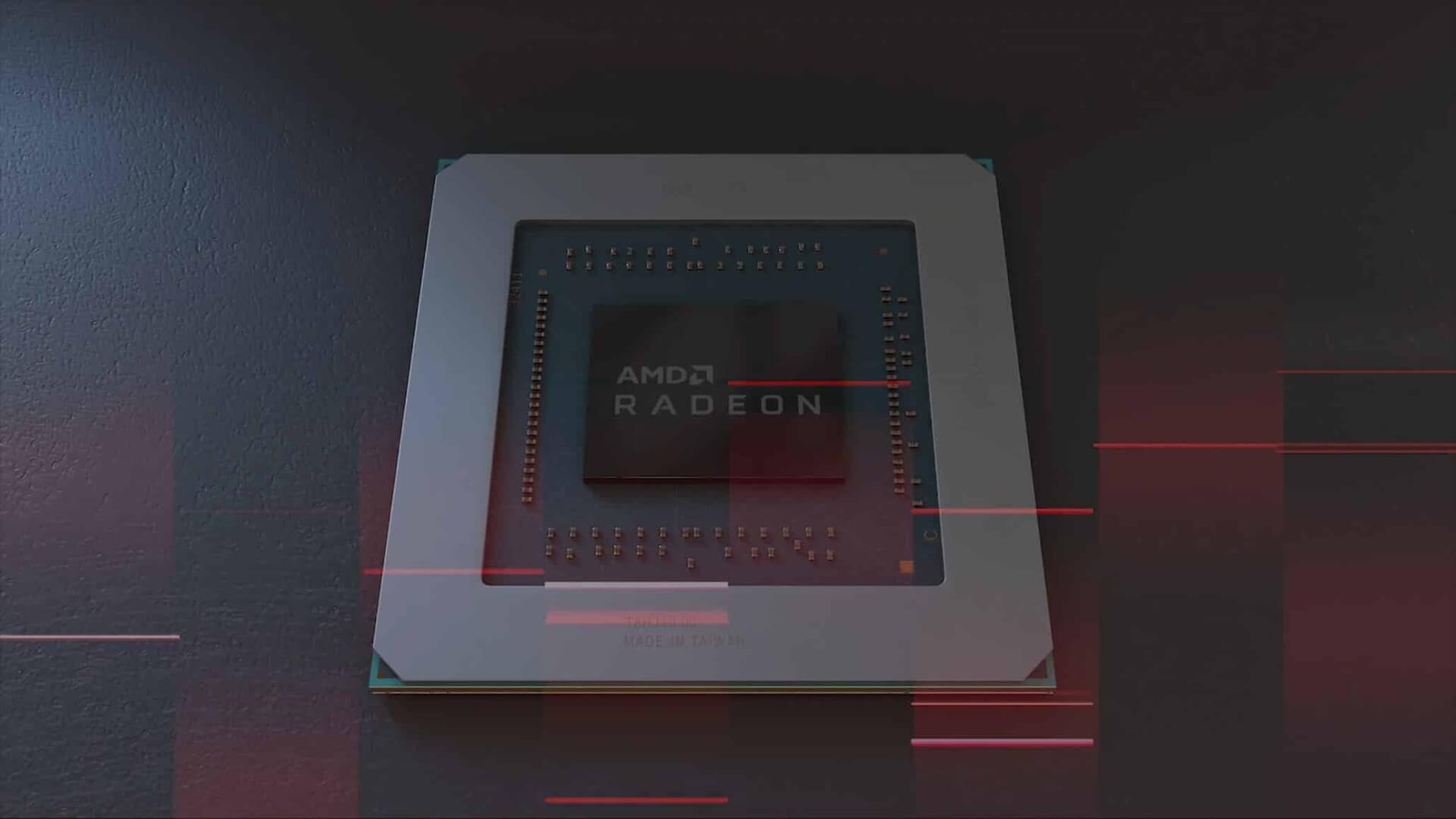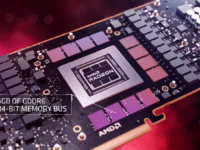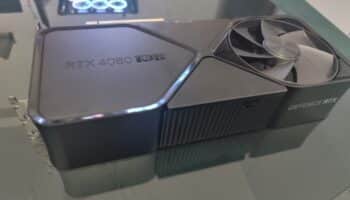According to the latest info from the Clien forums, AMD’s mobile RDNA 2 GPU (the one Samsung is tuning for its upcoming smartphones) is capable of seriously high clock speeds. At the moment, the engineers are testing two variants of the Exynos 2200 SoC: one with the GPU core clock set to 1.29GHz, and the other to 1.58GHz. The catch is that with the latter, the CPU clocks (of the middle cores) have to be tuned down a bit to keep the TDP in check:
It is from Taiwan.
Exynos 2200 AMD GPU clocks
Testing with 1.29GHz version and 1.58GHz version.
However, in the case of the 1.58Ghz version, the Exynos CPU middle clock is about 200MHz lower than the 1.29 version.
Of course, the peak GPU score is higher in the 1.58GHz version, but the 1.58GHz version shows higher retention even in the lowered score after throttling. AMD’s mRDNA architecture is basically capable of high clocks and assuming TDP10W or higher, it is said to come out up to 1. (Lambertsfruit.com) 8GHz.
The source claims that the peak GPU score with the 1.58GHz variant is better due to higher retention even after throttling. It looks like the RDNA 2 architecture is capable of high boost clocks regardless of the process node. According to the latest rumor, the mobile RDNA 2 design Samsung is using is capable of a whopping 1.8GHz with the TDP set to 10W.
The previous scores of the mobile GPU in GFXBench are as follows:
The graphics processor integrated into the mobile SoC in partnership with AMD features 6 CUs, with an operating (boost?) clock of 1.31GHz. The processor was benchmarked (2nd round) in GFXBench, and the following scores were observed:
Manhattan 3.1: 170.7 FPS
Aztec Normal: 121.4 FPS
Aztec High: 51.5 FPS
The GFXBench figures from the 3rd round of the graphic throttling tests are as follows:
Manhattan 3.1: 127.5 FPS
Aztec Normal: 90.7 FPS
Aztec High: 39.65 FPS
Even though there’s still a fair bit of throttling, the device remains nearly 50% faster than the Apple A14 in graphics workloads and considerably ahead of the Exynos 2100. The source believes that the mid-range SoCs will be paired with 2-4 CU GPUs, with a core clock of around 1GHz. The lower-end Exynos SoCs will be paired with Cortex A78 cores on the CPU side. Since it’s a much smaller chip, throttling isn’t really an issue.
In addition to Samsung, Google and a few Chinese smartphone markers are also (reportedly) working on implementing RDNA 2 IP in their devices. It’s best to take the latter with a grain of salt as it’s the first we’re hearing of it. The Exynos 2200 SoC paired with the RDNA 2 (codenamed Voyager) GPU will be fabbed on the foundry’s 4nm LPE node. It’ll feature eight CPU cores: x1 Cortex-X1 high-performance core, x3 Cortex-A78 medium cores, and x4 A55 low-power cores. The SoC is slated for a launch in December 2021.






